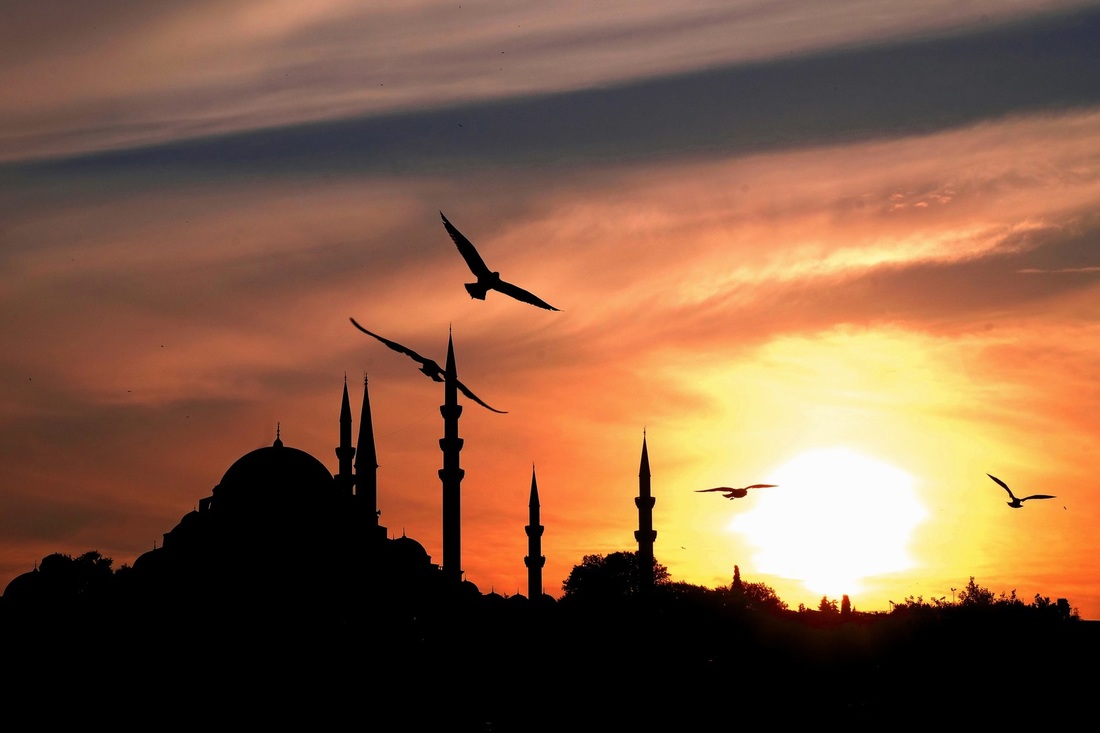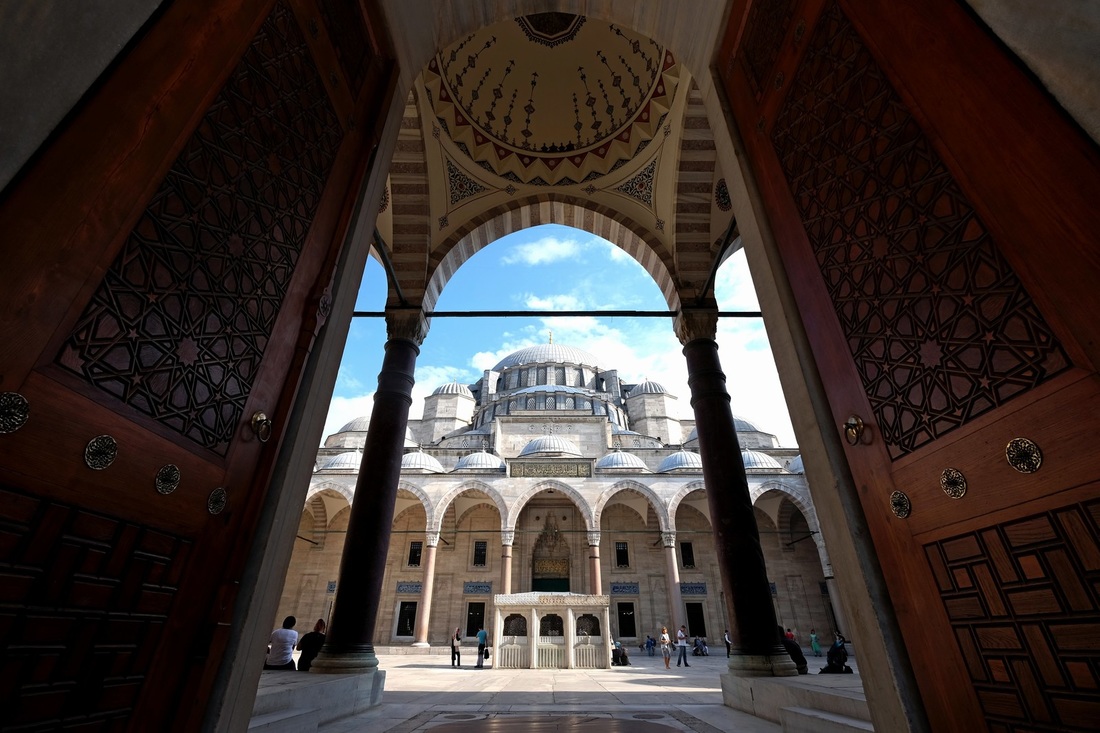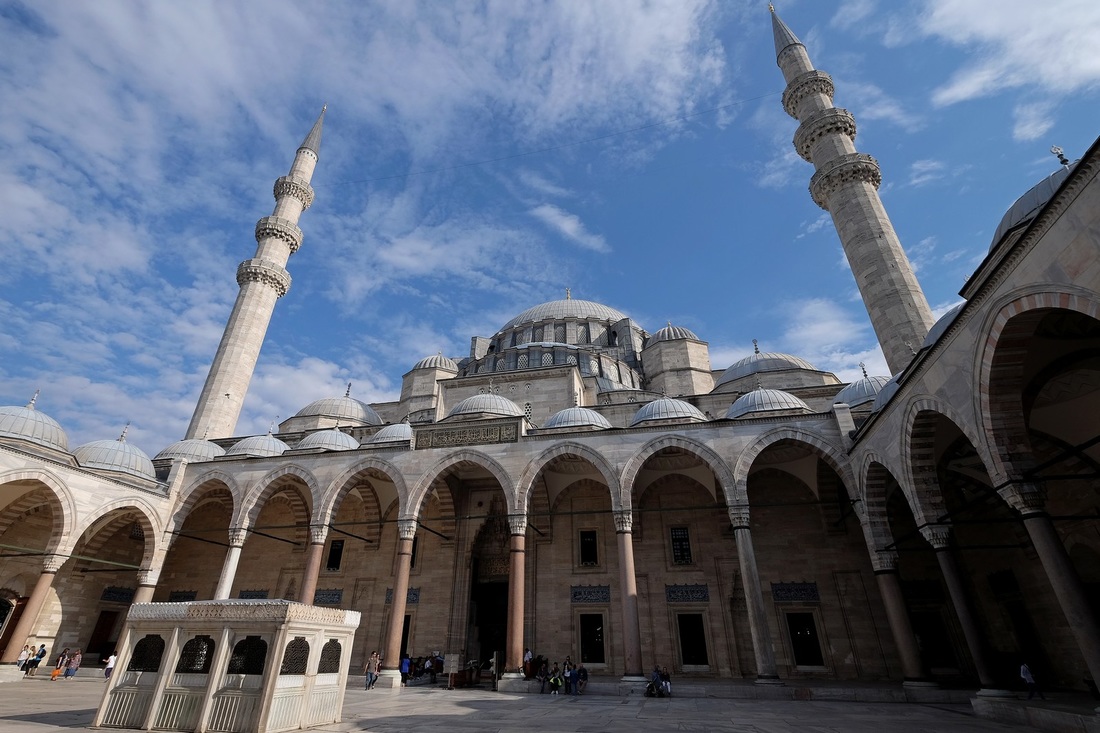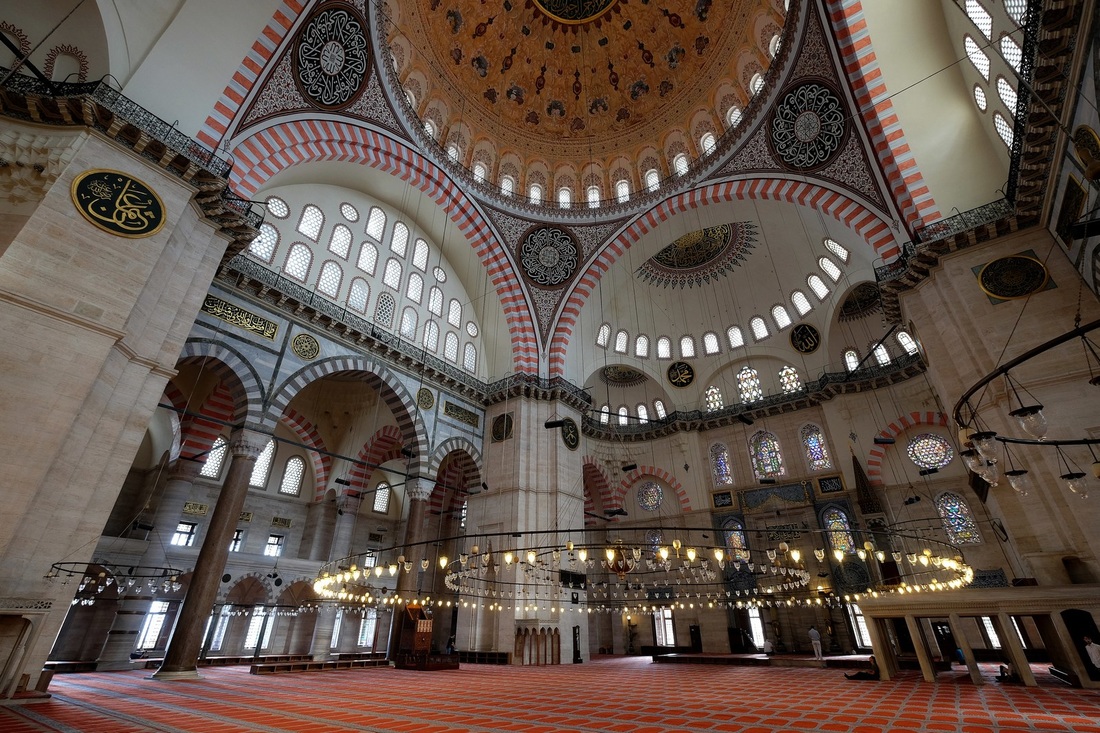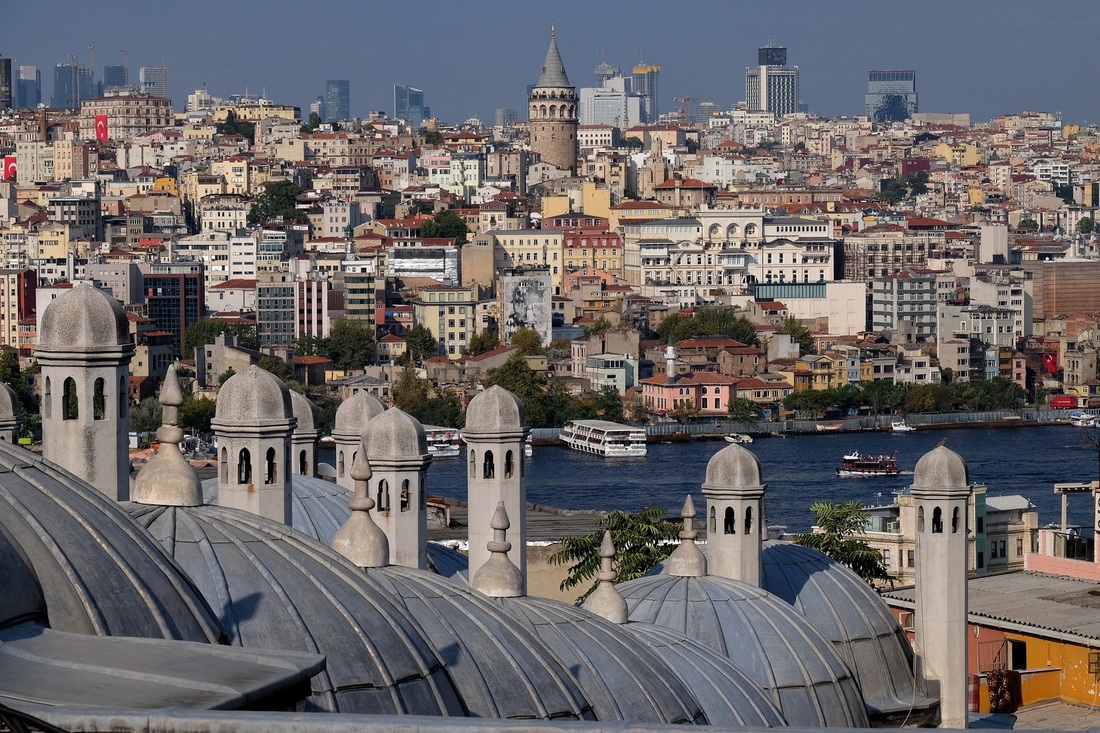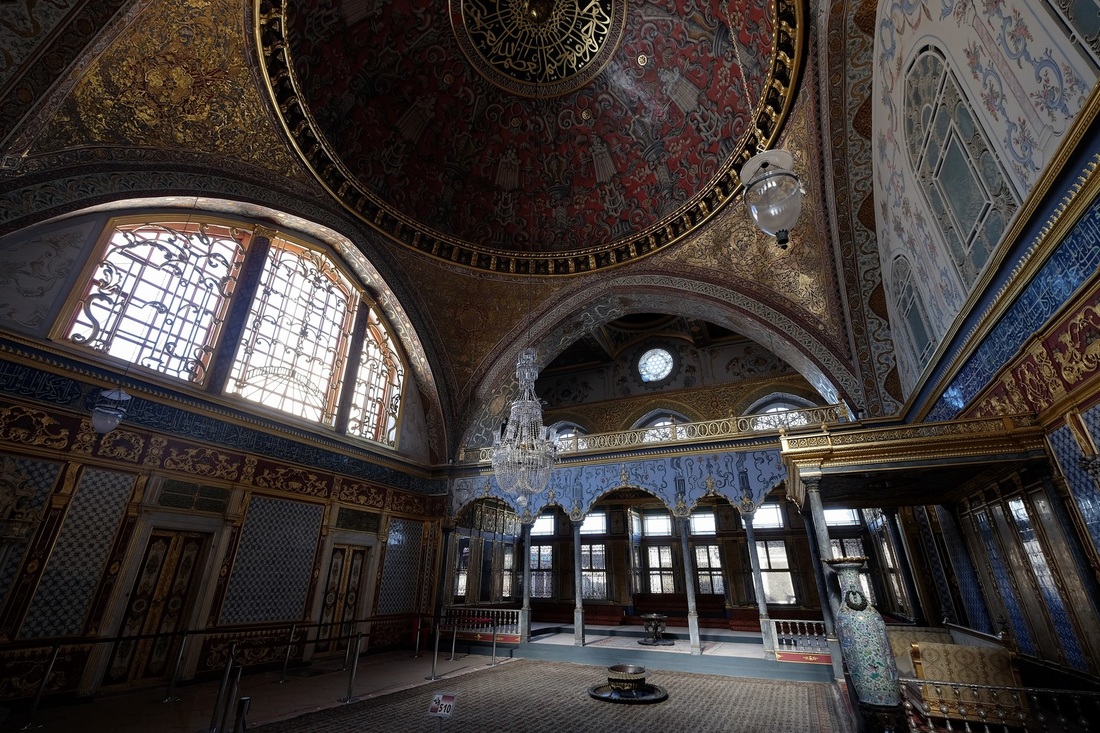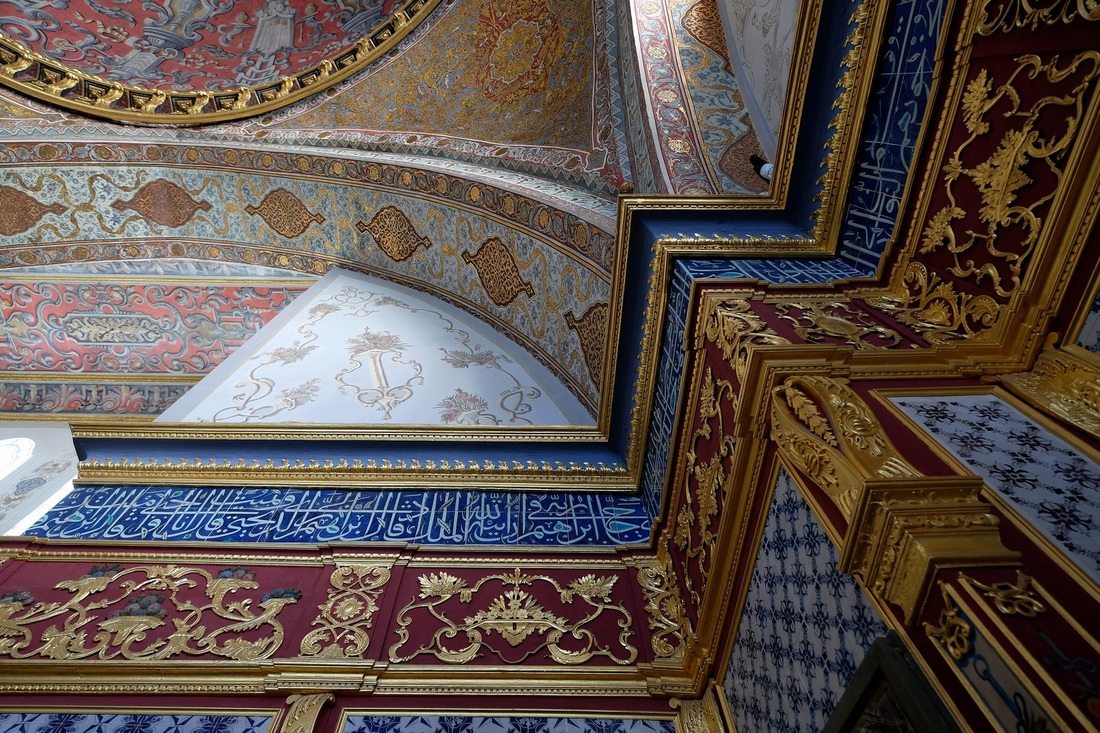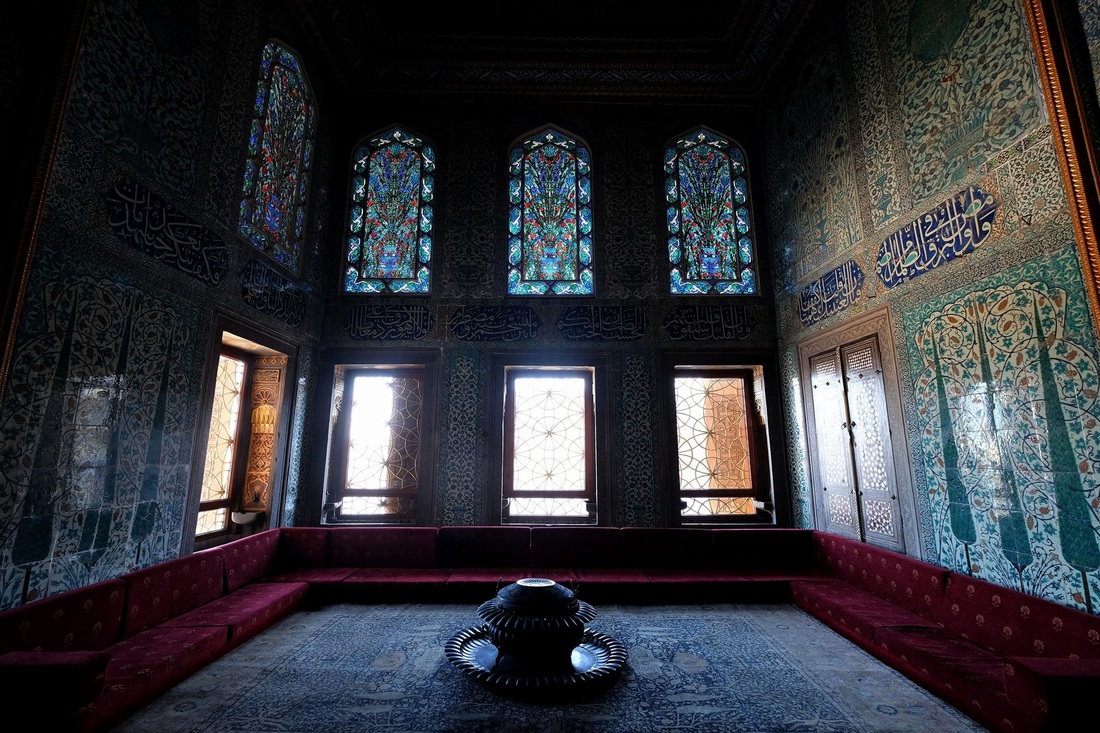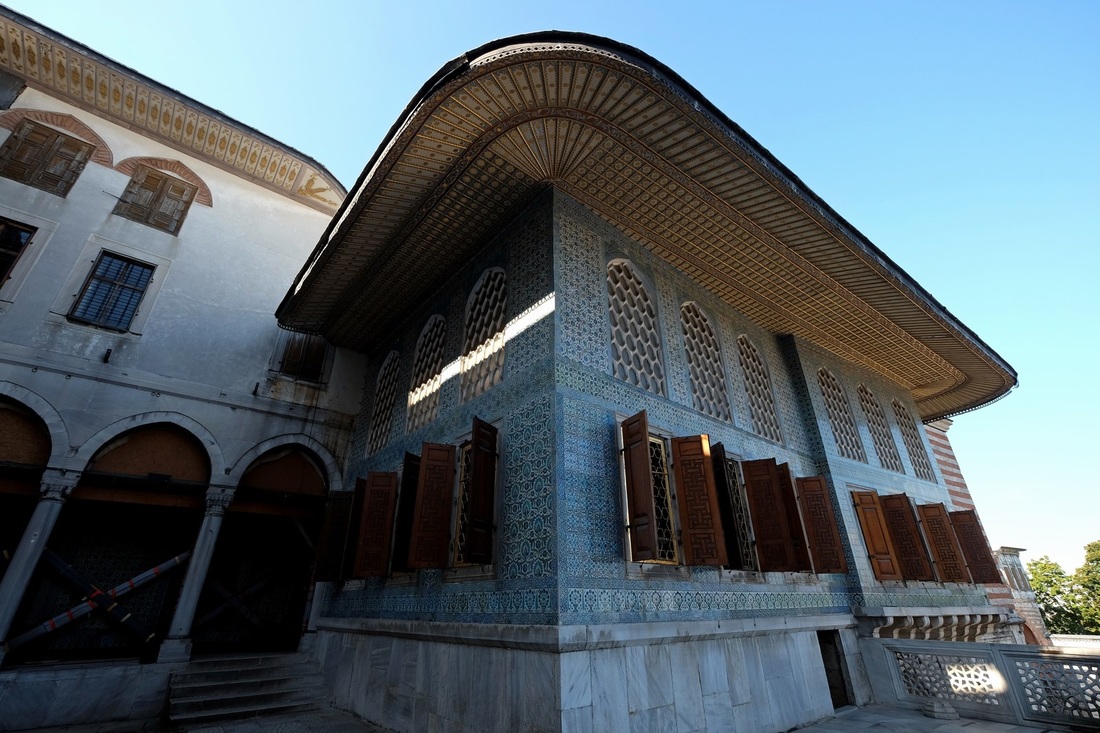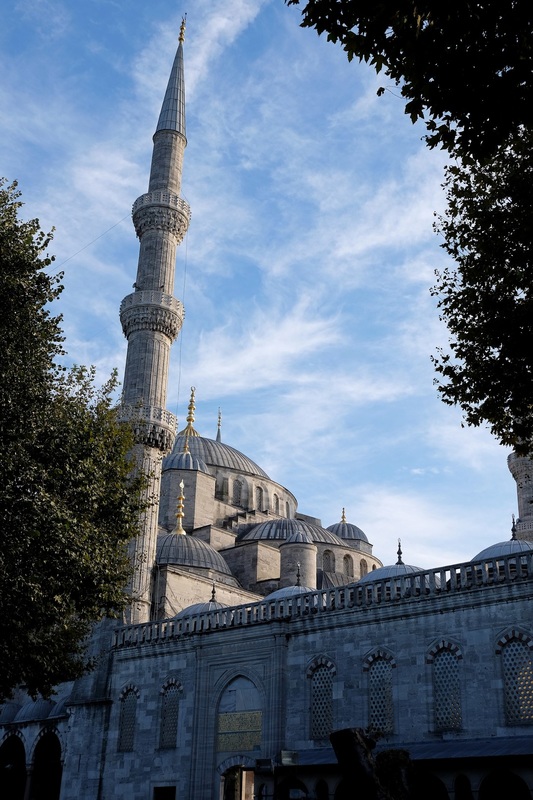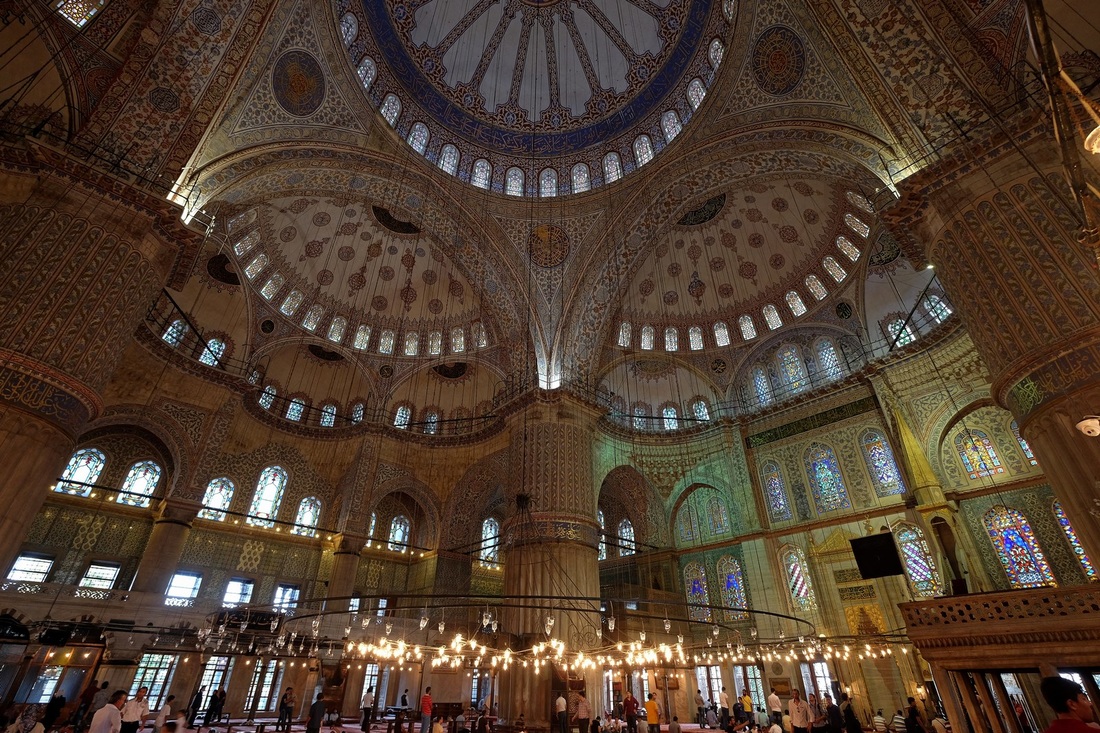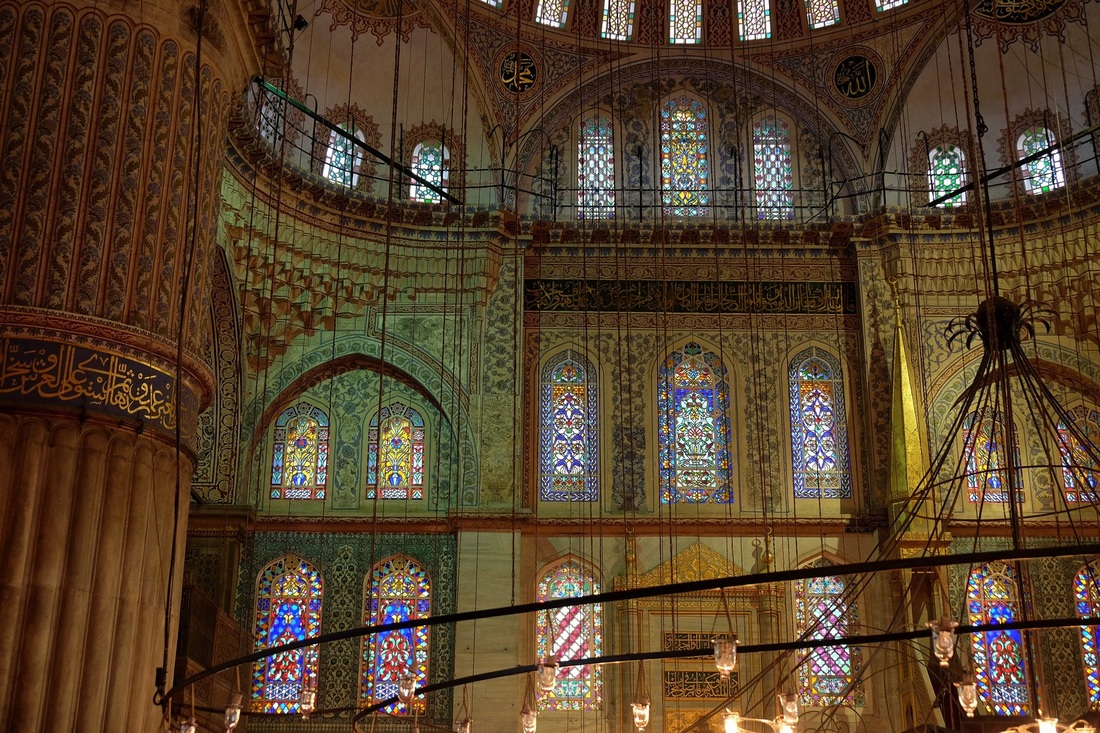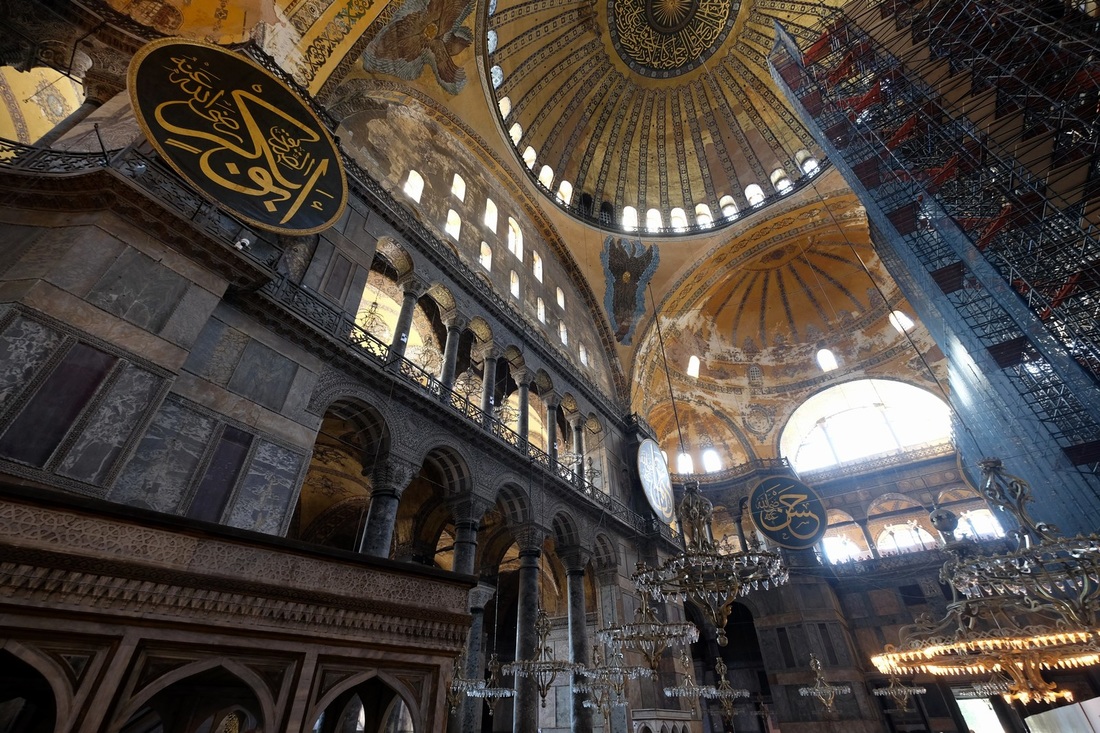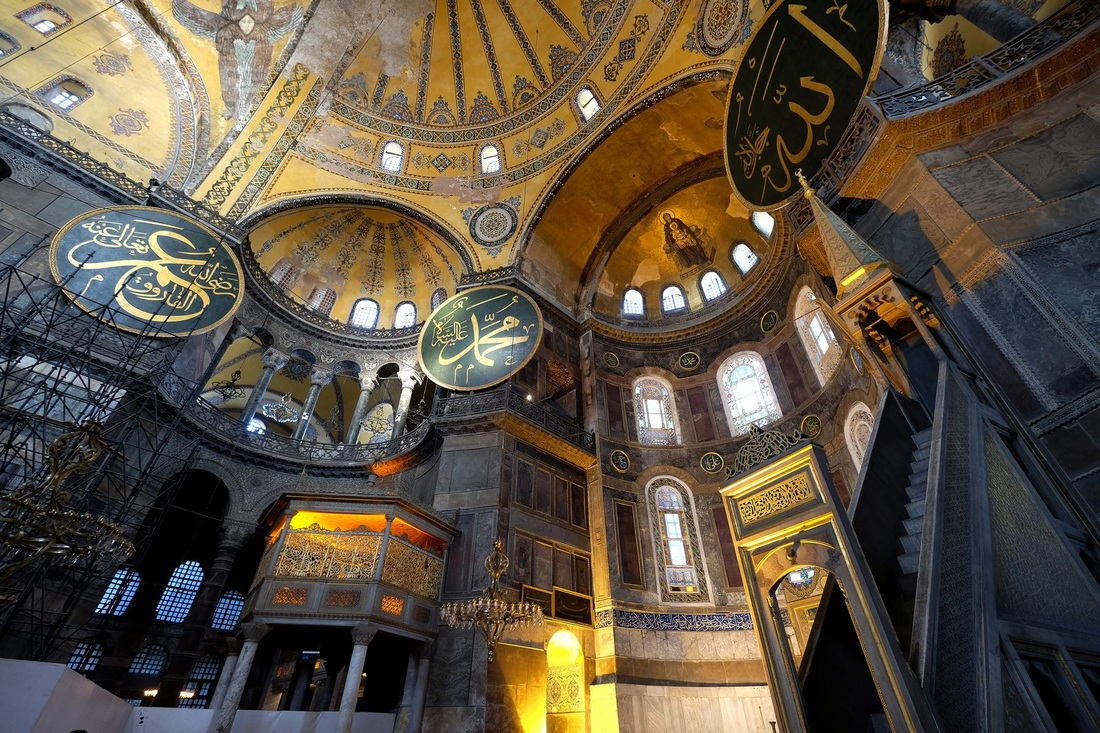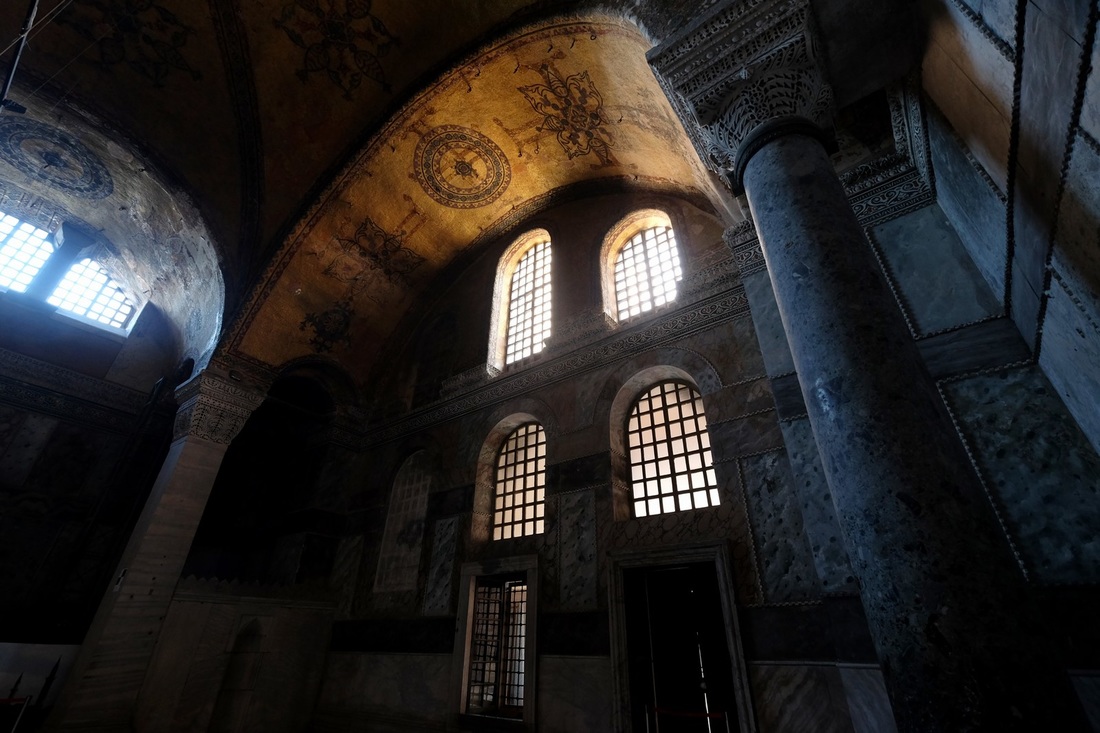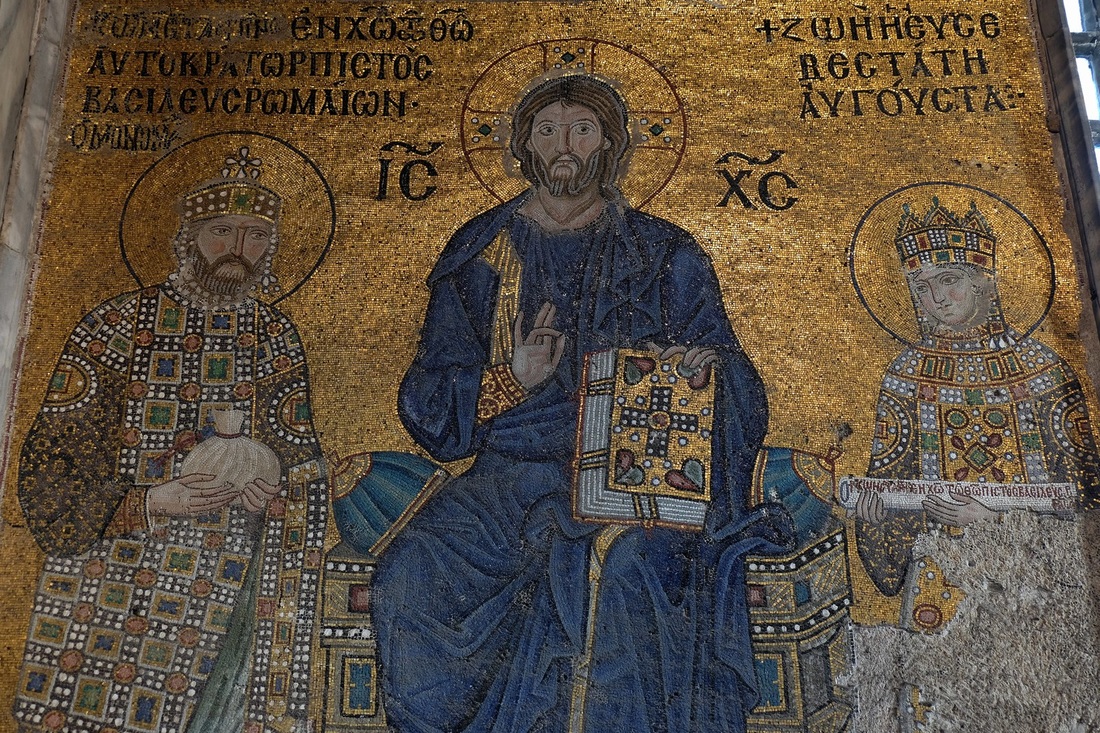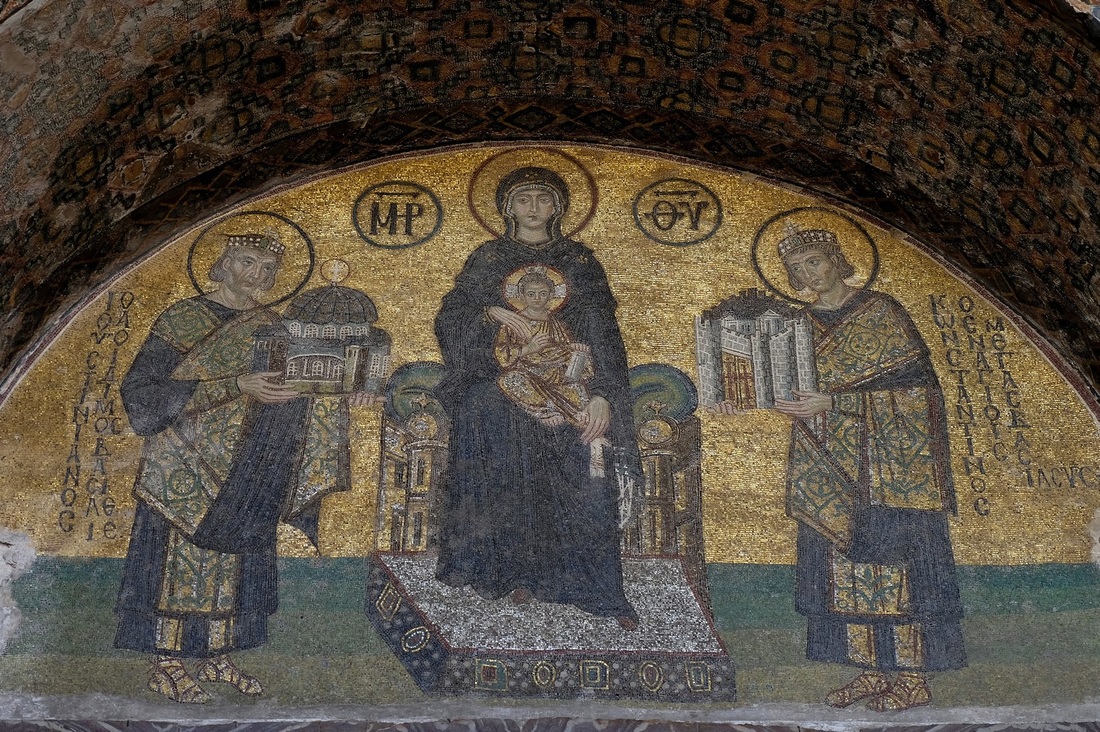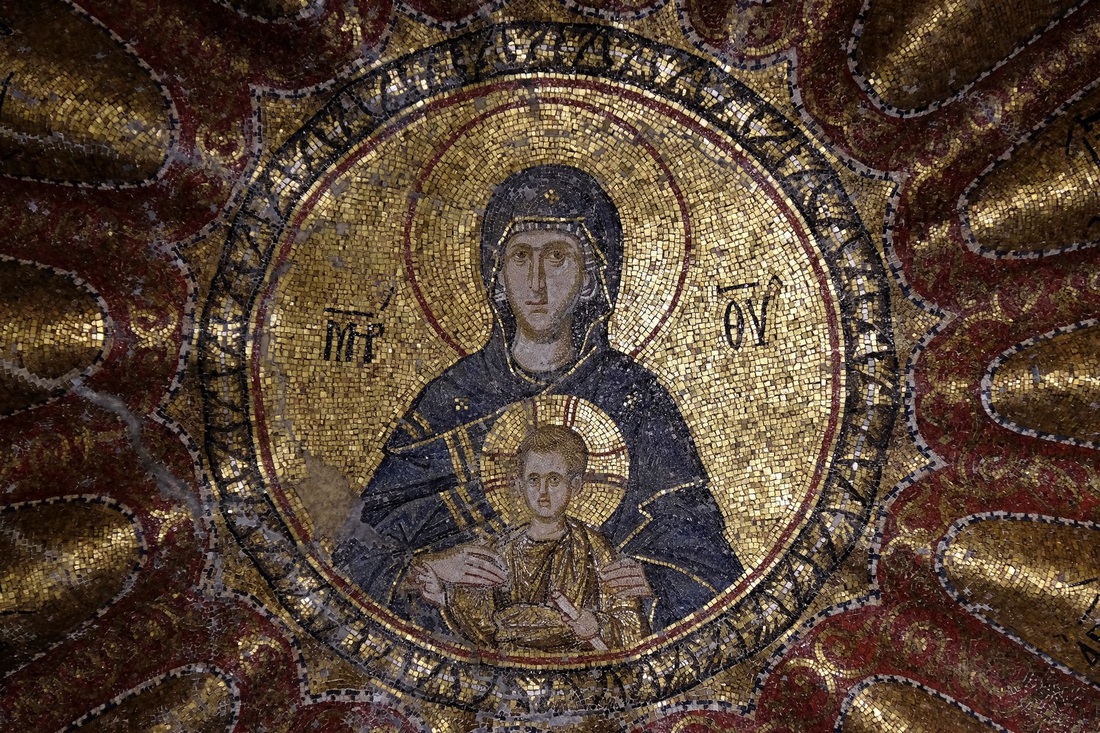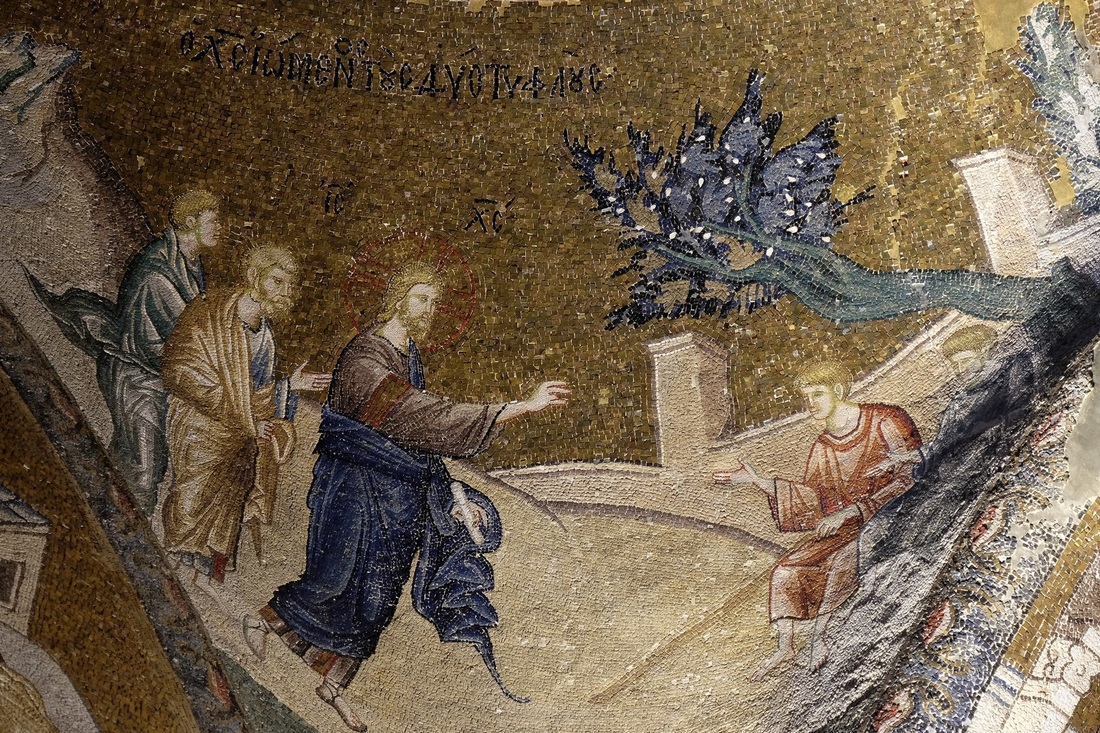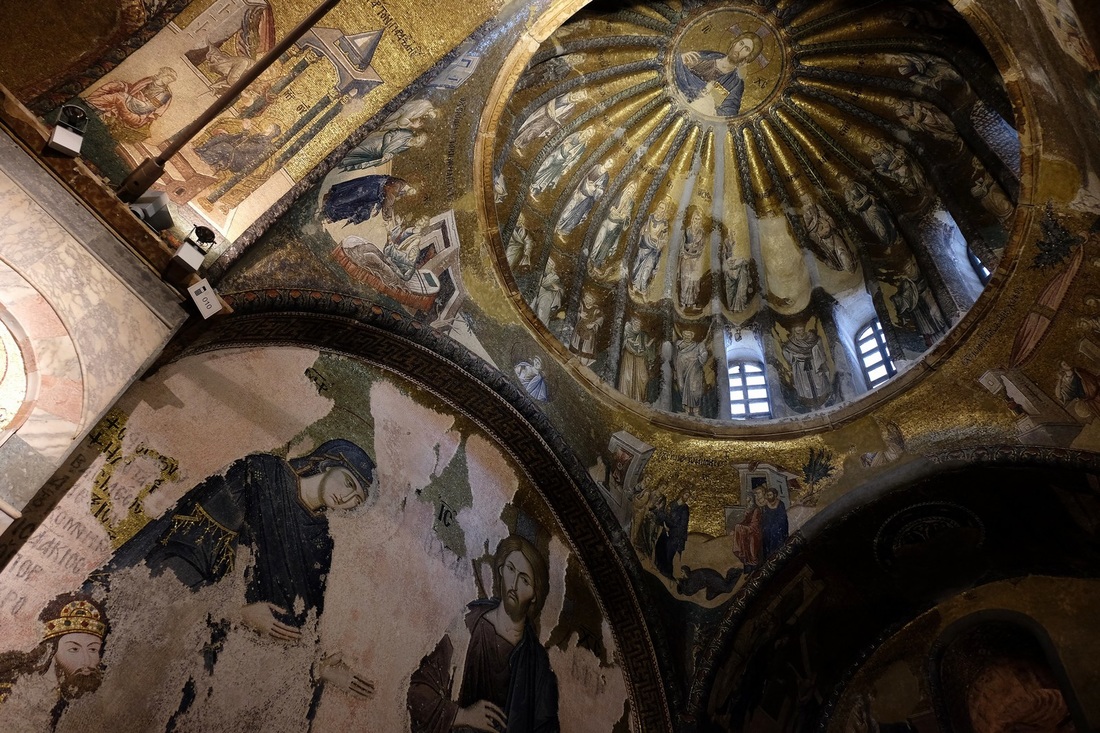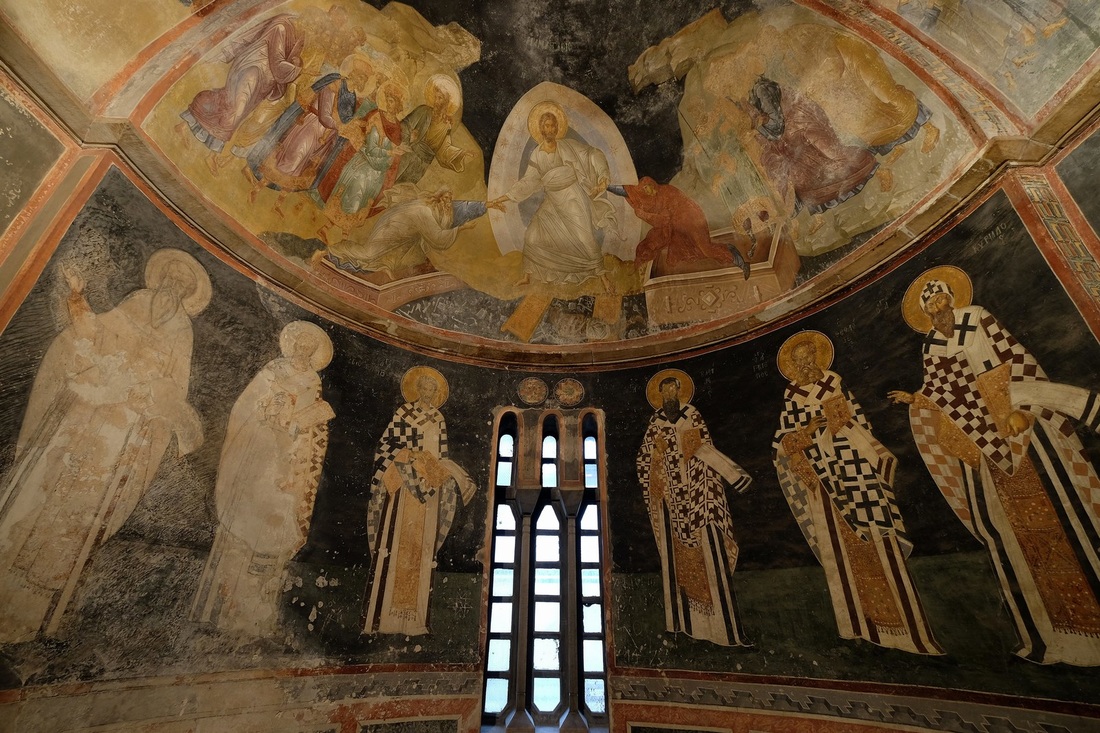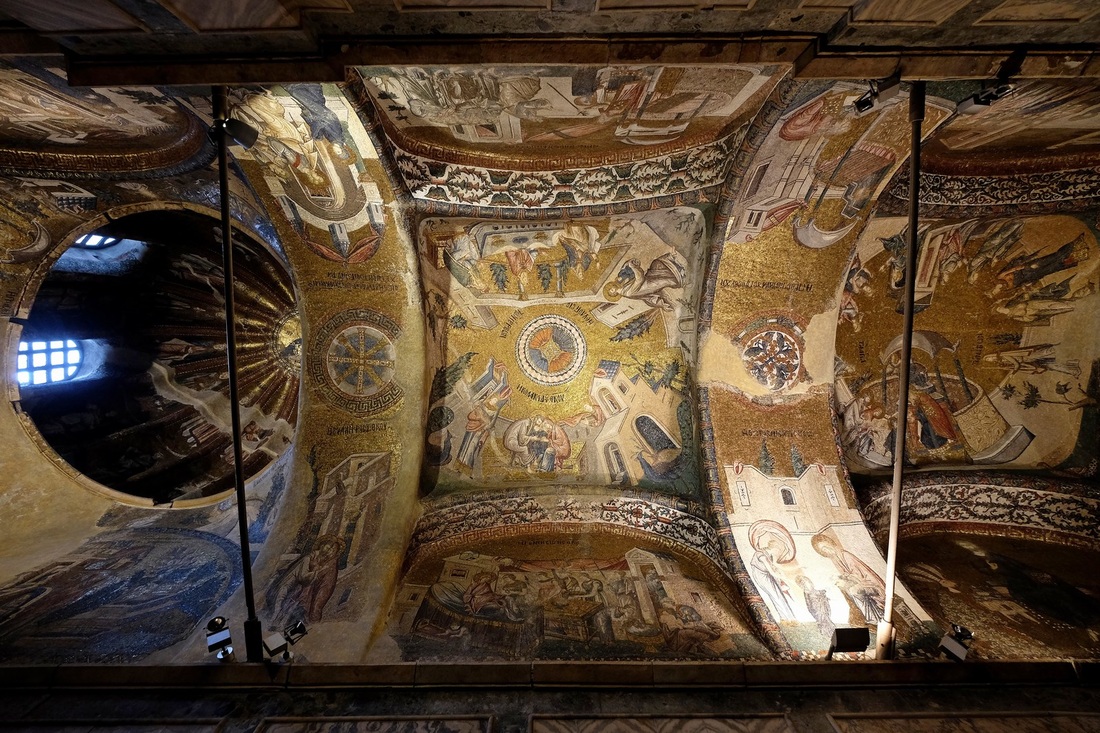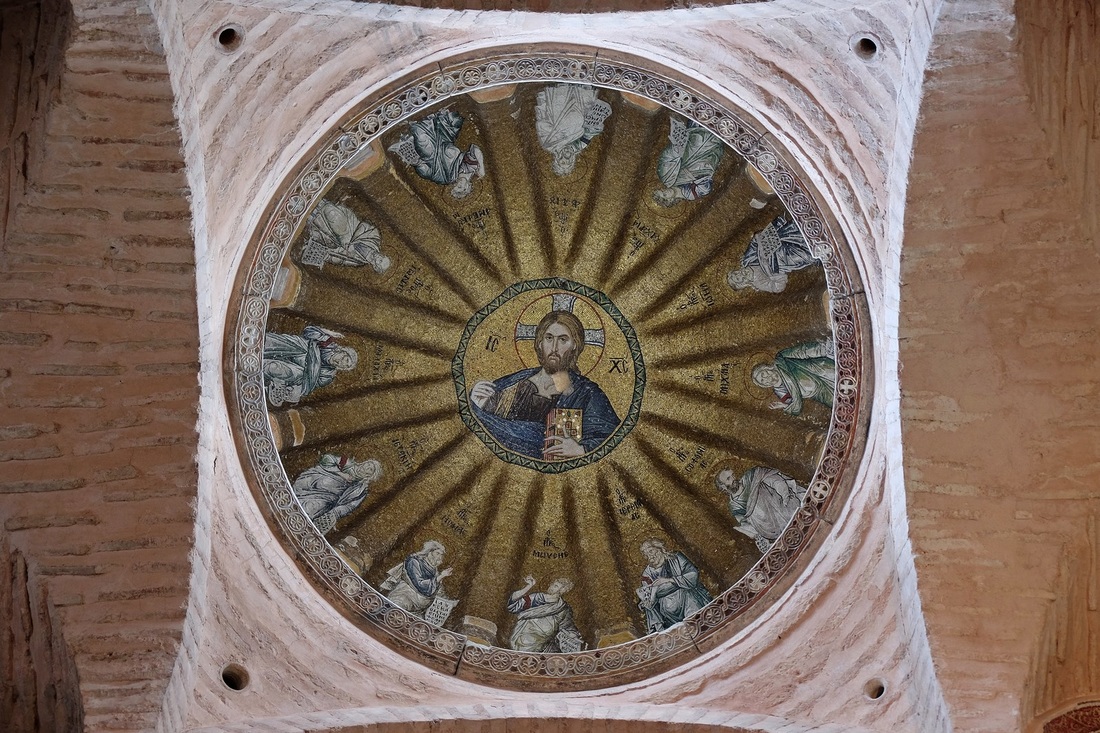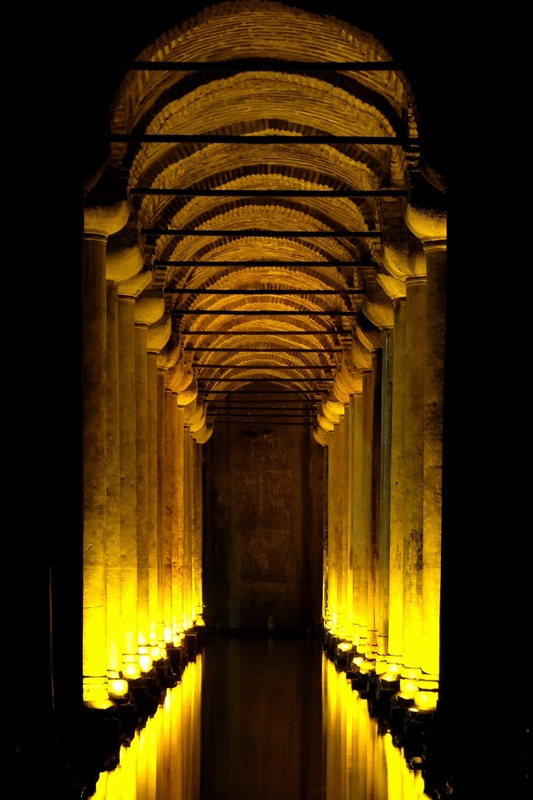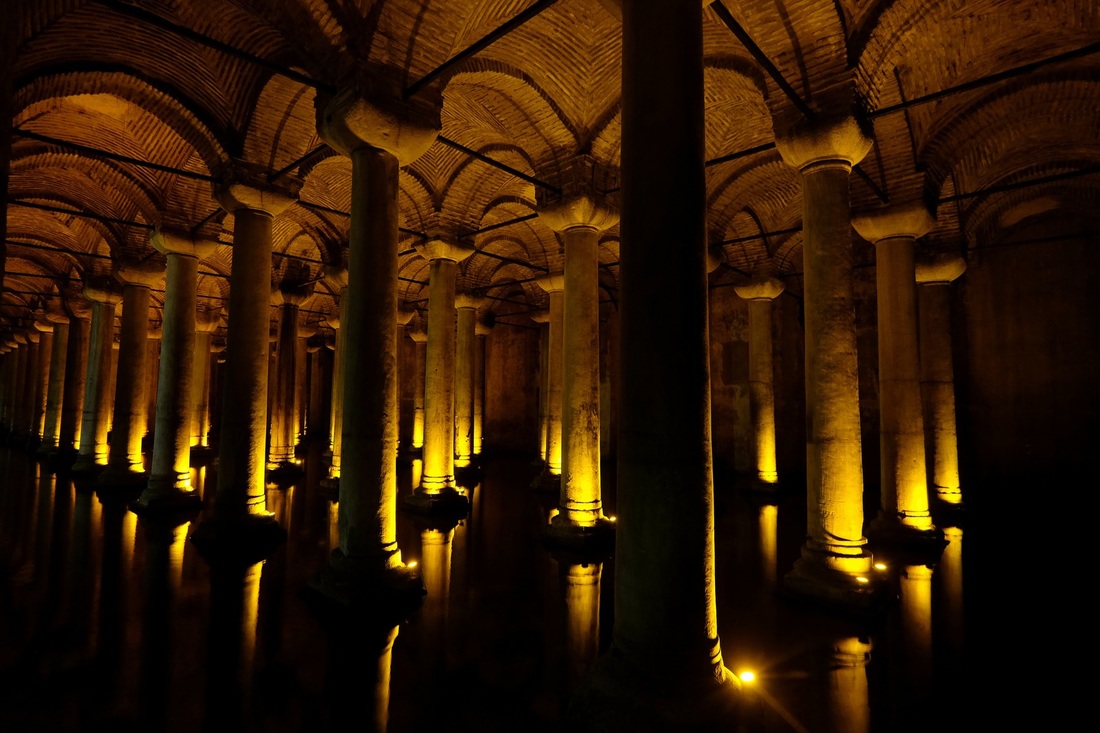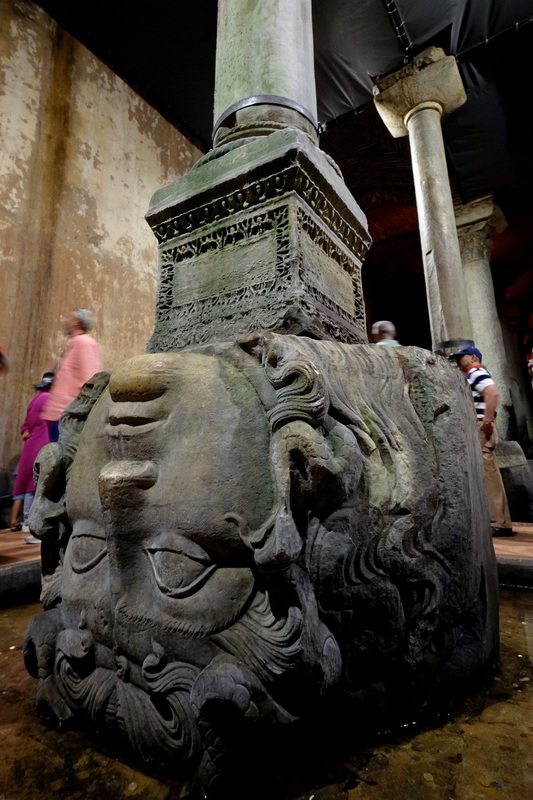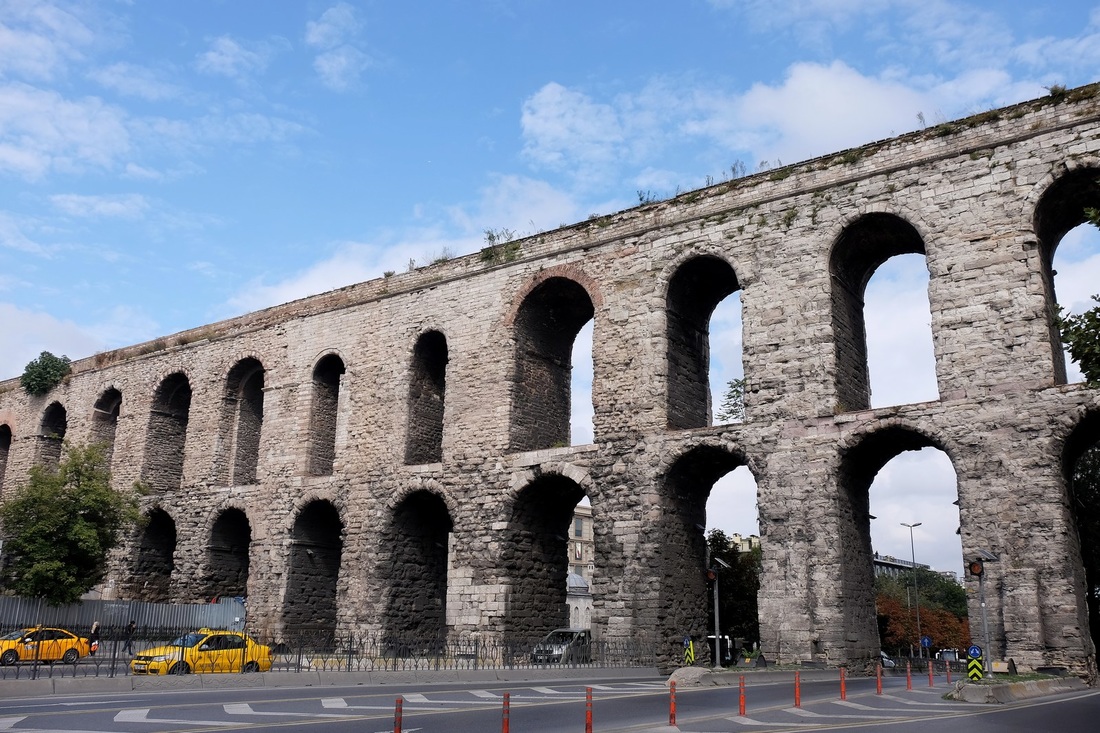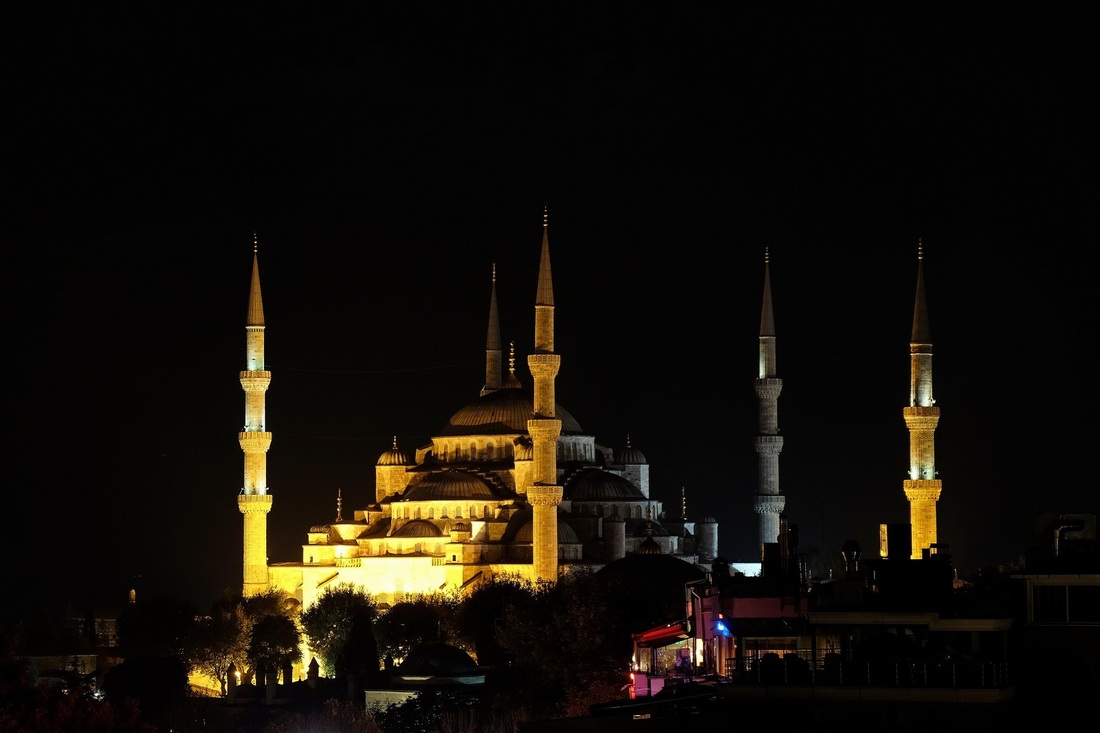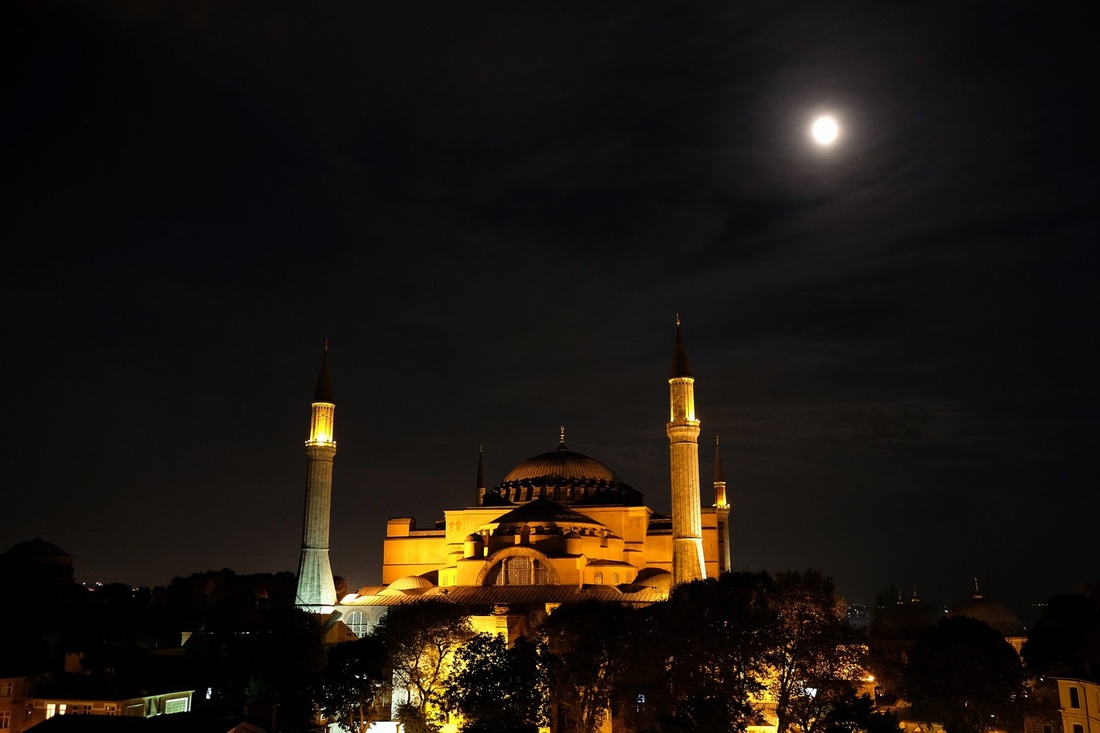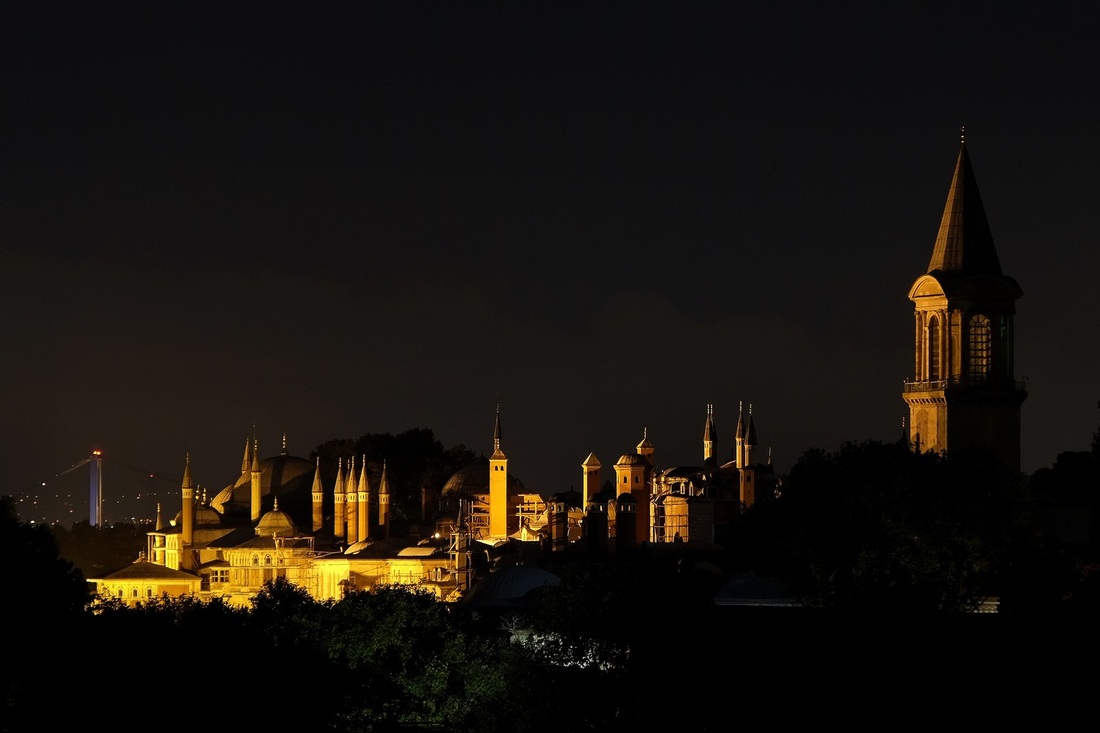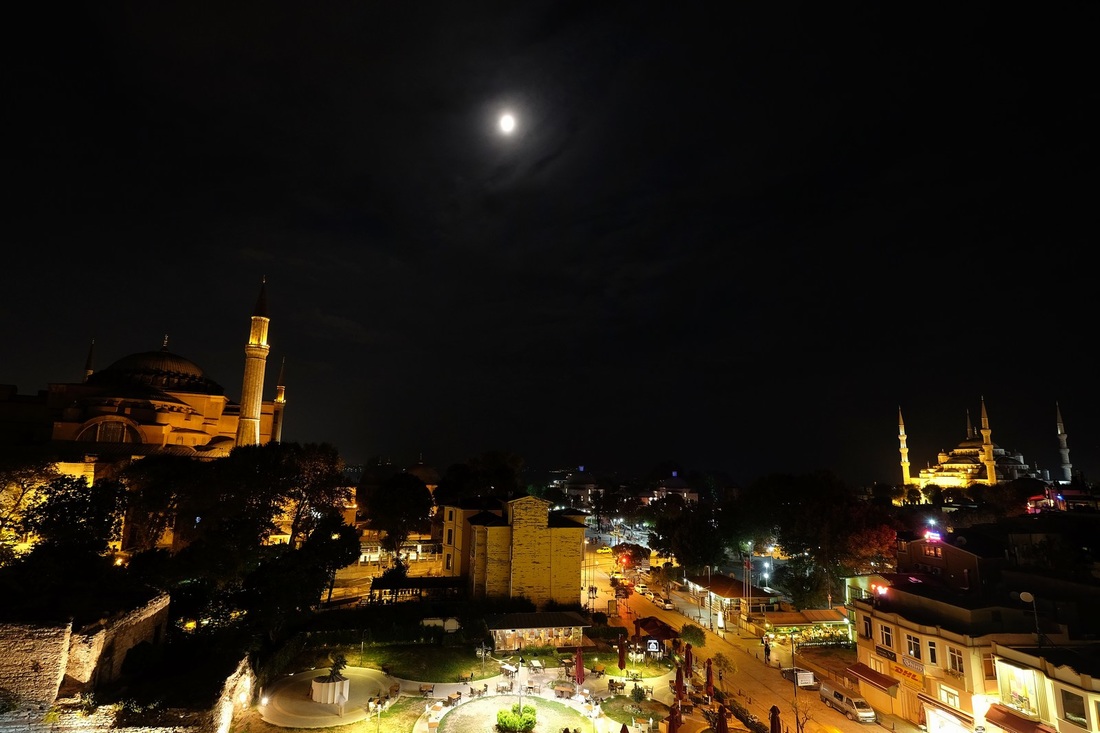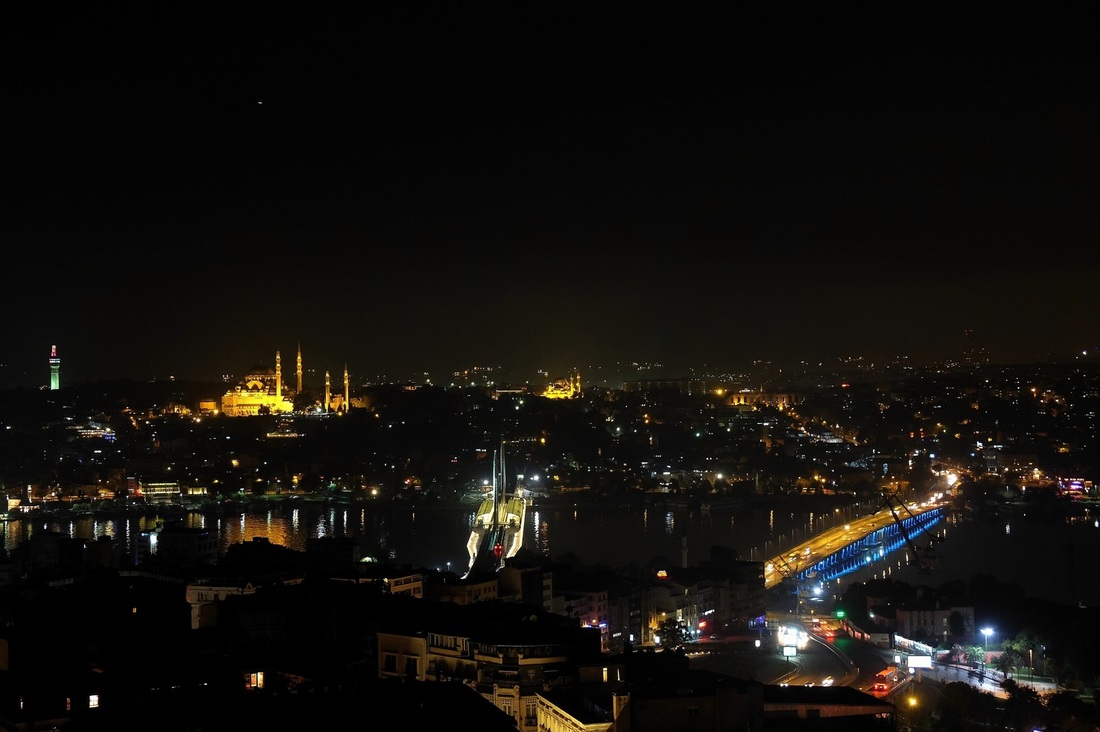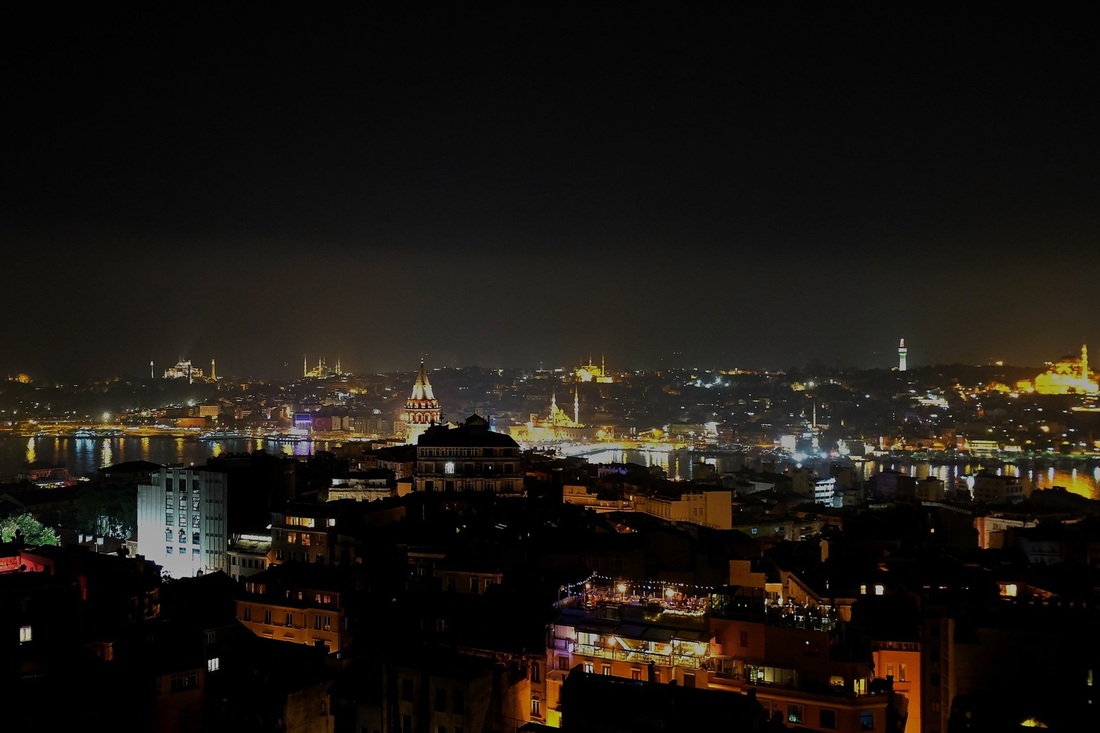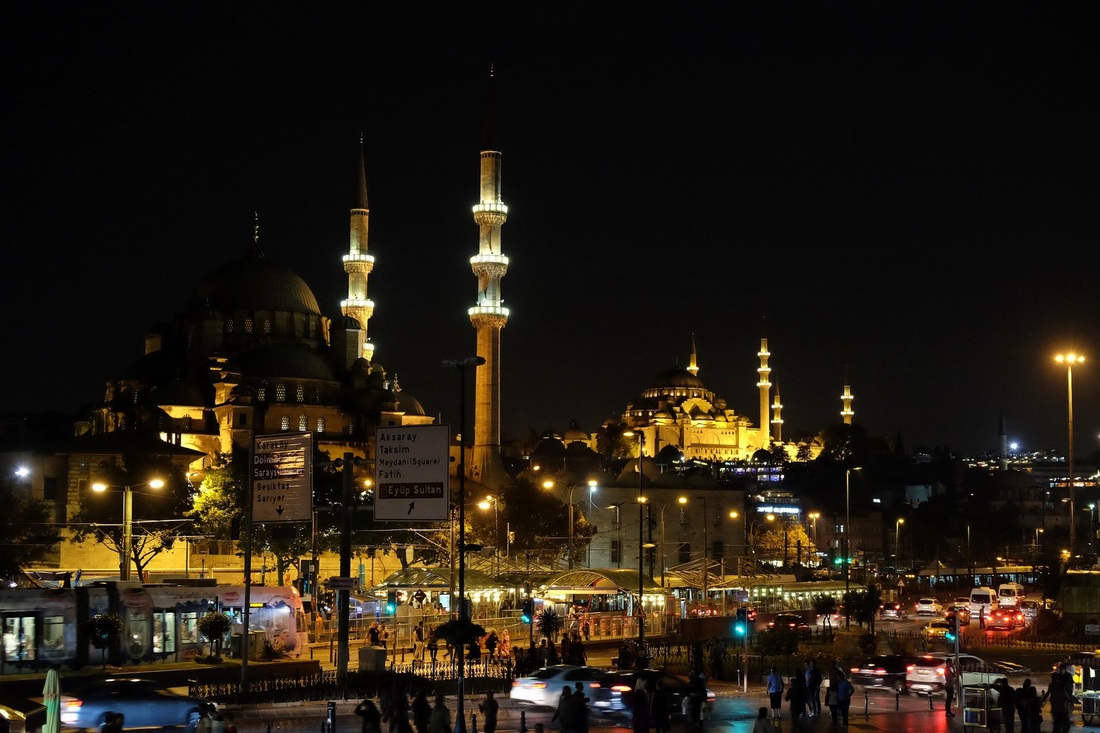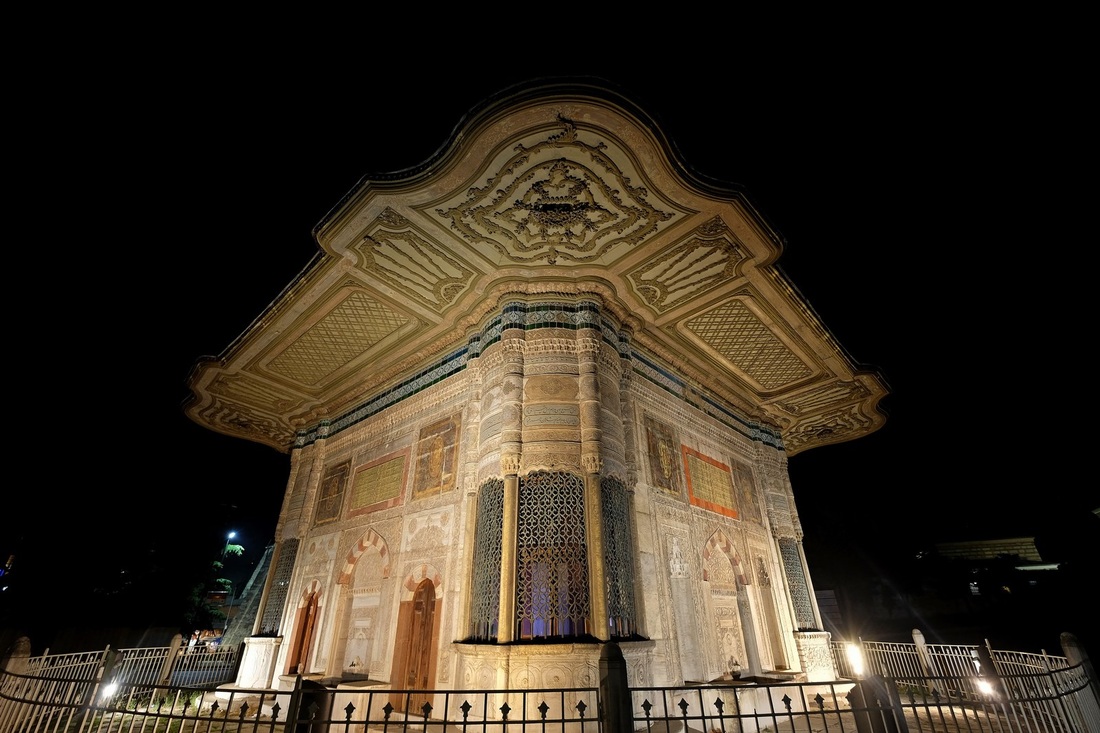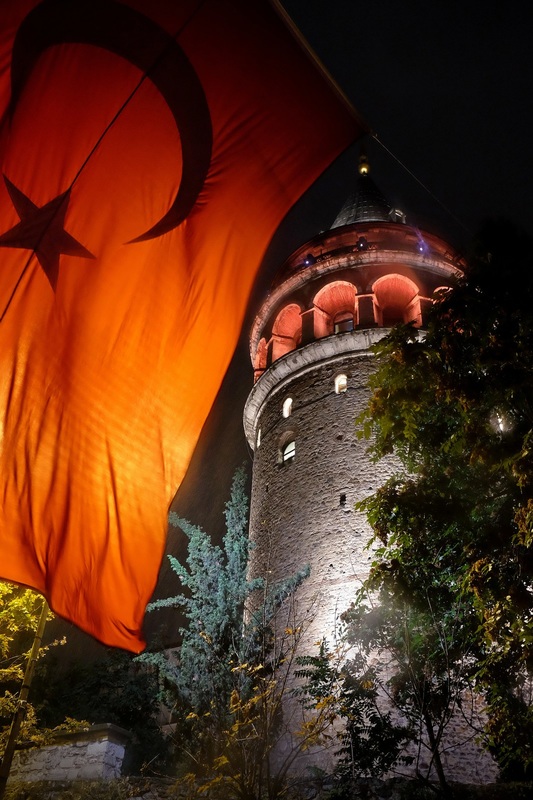In some ways, Istanbul is like the baklava pastry which I've been consuming too much of here - decadent and multilayered, with a history that is as richly fulfilling as its indigenous dessert. In fact, it's quite easy to overdose on either - Istanbul's history spans an action-packed, mind-melting 2,000 years that will test the retention capacity of the most zealous historian. And baklava features a syrup-saturated hit that will challenge the digestive abilities of the most ardent sweet junkie. But you inevitably find yourself coming back for more after each episode of "it's too much!".
There is perhaps no other city in the world that is so effortlessly, and evocatively, both ancient and avant-garde. Istanbul brings together the best of modern Europe and the Middle East in a way that is almost sensual. I've seen quite a number of panoramic vistas in my five-month journey across the Asian continent, but very few leave the same impression as walking across the Galata Bridge at dusk. On one end, the rose-pink sky is perfectly punctuated by the minarets of monumental mosques. On the other, the brilliant lights of contemporary Europe beckon. And in the distance, the Asian coastline glitters against a darkening horizon, linked to the European continent by a gently glowing Bosphorus Bridge.
Istanbul (or Constantinople for most of its history) offers its visitors a chance to stand at the crossroads of conquerors - sacred grounds fought over by the ancient armies of the Greeks, Persians, Romans, Crusaders, Arabs and Turks. As the gateway between two continents, and consequently East-West trade, the conquest and occupation of Constantinople was of tremendous importance - symbolically as well as economically. The city was unrivalled in terms of its significance throughout the Middle Ages, serving as the capital of the Roman, Byzantine and Ottoman Empires. It was the world's largest city during its zenith (4-5th century, 12th century and 17th century respectively) in each of these three distinct periods. Put simply, no other city in the world has been more important, across so many different ruling periods.
As a result, Constantinople has been at the heart of shaping world history for the best part of two millennia. When it supplanted Rome as the capital of the Roman Empire in the 4th century, it paved the way for the survival of a thousand-year old state, transitioning it into the Byzantine Empire which would preserve Roman administrative traditions for another thousand years. Throughout the Middle Ages (5th to 15th century), Constantinople served as an instrumental bastion of Christianity; first in its propagation then as the first line of defence against rapidly encroaching Arab/Islamic forces. And when the city finally fell to the Ottomans in the 15th century, it was spectacularly revived as their religious and administrative capital, far surpassing any European city in terms of wealth and sophistication.
You’d imagine then, that there’s quite a lot to see in Istanbul. And you’d be correct. What is truly mind-blowing is the historical diversity of its offerings. In most cities, only monuments from the immediate past civilisation are preserved; existing structures are usually either knocked down or built-over. Istanbul is so special because of the endurance of so many artefacts from supposedly competing eras. It is one of very few places in the world where a 2,000 year history can be compressed into a two hour stroll that showcases Roman waterways, Christian churches, Byzantine mosaics and Islamic architecture all at once.
The Aya Sofea is peerless in terms of its architectural audacity – commissioned in 532 as a church by Byzantine Emperor Justinian, and completed in just five years, it remained the world’s largest cathedral for the next 900 years. The Basilica Cistern and Valens Aqueduct are stunning examples of thousand-year old Roman engineering. The impossibly massive Sultanahmet (Blue) and Suleymaniye Mosques personify the perfection of Islamic mosque design. And the Topkapi Palace is an opulent reminder of the Ottomans’ colossal influence and wealth. These are just a few examples in a long list of sights in Istanbul, all of them worthy of the world-class label.
Disappointments? Not many, and they can be mostly bypassed with so many alternative attractions. The 500-year old Grand Bazaar, once the epicentre of Istanbul’s commercial activity has been tourist-transformed into a glorified den of dodgy carpet dealers and shifty souvenir salesmen. And there’s not much in terms of culinary variety, just a repetitive repertoire of grilled meats and fish. The full extent of my gastronomic deprivation became clear when I enthusiastically recommended McDonalds’ Double Kofte Burger as a “must try” to some visiting friends.
Small niggles aside, Istanbul is a truly wonderful place to be. Even after suffering from long-term travel fatigue (oh-not-another-world-class-monument), I feel a sense of renewal here. For better or worse, I’m not the only one looking for a break by the Bosphorus. Istanbul has become the 5th most popular tourist destination in the world, displacing New York in 2014. It is, however, fairly simple to hop on the metro to less-frequented neighbourhoods e.g. Sisli or Kadikoy where one can get lost amongst the locals. It’s worth noting that Istanbul is Europe’s largest city today and the world’s 5th most populous with 13 million residents. Its city limits cover an area roughly the size of Belgium. So there are plenty of places to lose oneself in!
After travelling through some of the most conservative Muslim-majority regions in Central Asia and the Middle East, it is perhaps fitting that I should end my journey in Istanbul. This city is a beacon of religious tolerance in an Islamic world that seems increasingly consumed by internal strife. It is a showcase of how Western neo-liberal values need not necessarily be incompatible with an Islamic identity. This approach didn’t materialise overnight – it draws from centuries of hard-won experience in managing conflict at the crossroads of religion and culture. Today, Istanbul’s popularity with, and growing influence on the rest of the world shows one thing very clearly – open arms work far better than clenched fists.
Some photos from my walkabouts:
The last pic is of the ceiling mosaics of the Fethiye Museum which was also a Byzantine church converted into a mosque then into a museum in similar fashion to the Chora Museum.
If you look closely at this series of mosaic photos, you'll notice that the inscriptions are in ancient Greek, reflecting Byzantine commitment to Greek Orthodoxy.
